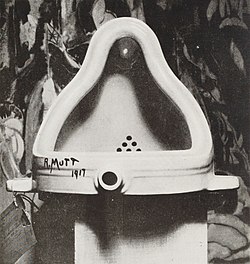Contents
This article needs additional citations for verification .(May 2021) |
| List of years in art |
|---|
| (table) |
Events from the year 1917 in art.
This article needs additional citations for verification .(May 2021) |
| List of years in art |
|---|
| (table) |
Events from the year 1917 in art.

